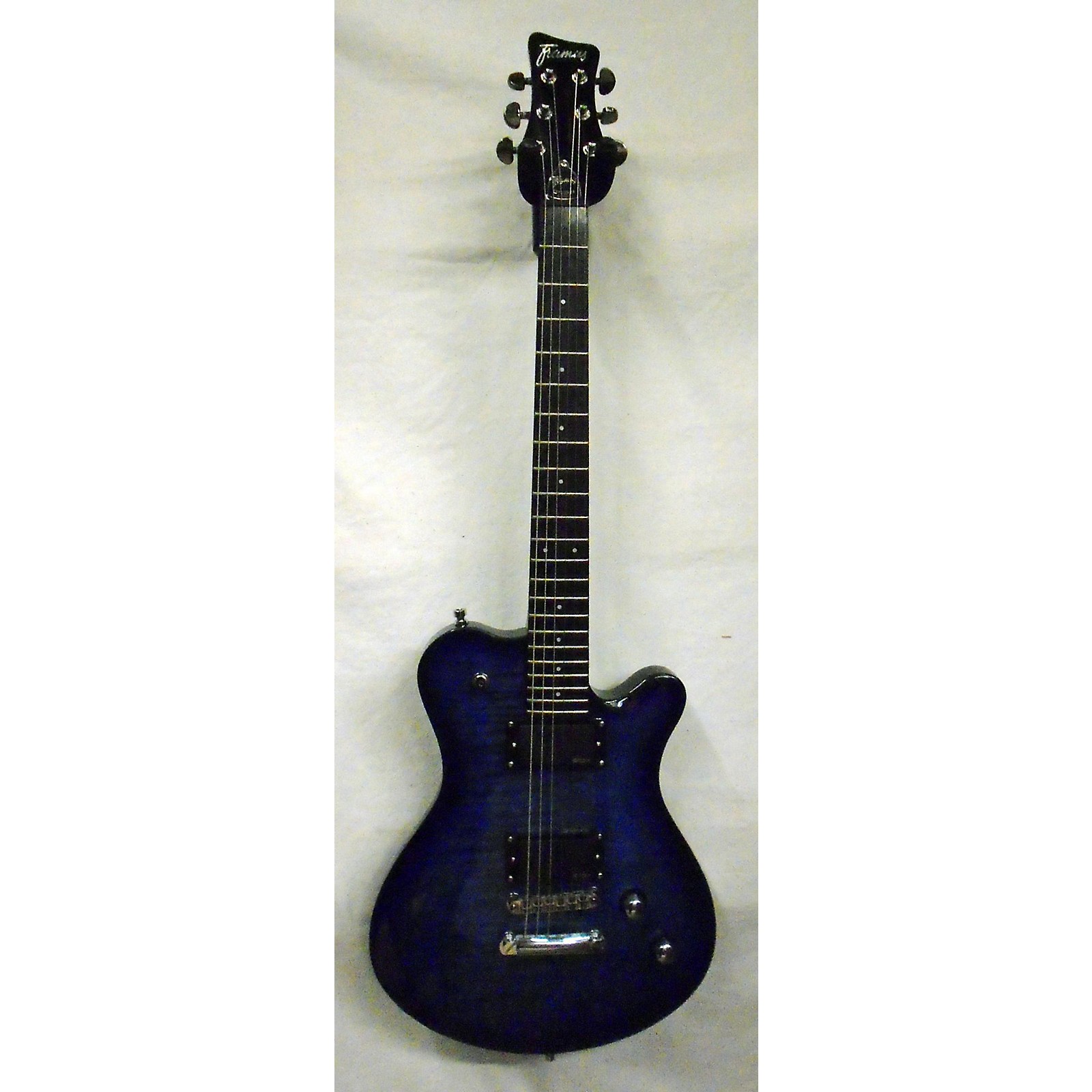

It’s well balanced, lightweight, resonant and, we’ll say it again, absolutely beautifully made.

Ballsy, excellent for no-nonsense classic to modern rock but also cleaner, ringier voices, older blues and jazz tones too.

Lightweight, comfortable, responsive and a great guitarist - this one will cover a lot of musical sounds. This does create more vocal depth for bluesier outings, however. With a dirtier amp, the Panthera turns into a taut, punchy dirty riff machine with the Pearly Gates bridge pickup, while the neck pickup is, by comparison, a little underpowered. The split bridge pickup is country sharp, but with a little gain gets quite punky the neck single-coil is sweet but articulate. There’s plenty of woody chop to the cleaner tones pull the volume down, engage both pickups and pull up the coil-split switch (which voices the screw coils only) and you’re in Fender land. The balanced tone – nice bass but not Les Paul huge, with punchy, very Gibson growling mids and bright but slightly rounded highs – also works very well with more effected, modulated sounds. This Panthera’s rich acoustic ring underpins its clean sounds, which are perfect for chiming chord thrangs and picked arpeggios. It’s a precision molded plastic plate, with two small push clips all you need to remove it. The jack socket is firmly mounted on a chromed metal plate – just how we like ’em stage worthy and easy to maintain if needed – and even the cover of the rear control cavity is neat.
#Framus electric guitars pro
The top-drawer vibe is continued by the Bigsby chrome vibrato with Framus roller bridge hardware, Graphtech black Tusq low friction nut, Seymour Duncan covered ‘buckers - APH-1N Alnico II Pro (neck), SH-PG1B Pearly Gates (bridge), beautiful domed, knurled metal knobs matched by a chromed metal-tipped pickup selector, and included Warwick security strap locks (not to mention a “user kit” and top quality Warwick “Premium Line Plus” RockBag). Playability, however, is impeccable as is the entire construction: beautifully detailed and up there with the absolute best. In profile we have what feels like quite a skinny, shallow ‘C’ (19.5mm at the first fret, 22mm thick at the 12th) - if you’re a fan of big necks, you won’t find one here. Modern Framus necks exude playability – the medium gauge frets are superbly polished and fettled (Framus guitars uses the Plek set-up system). The mahogany neck is neatly fitted to the body, the heel nicely shaped and offset, making top fret access easy. The Panthera Legacy guitar has a 24.75-inch set-neck design the body top is smoothly graduated and carved, the rear has a shallow rib contour and overall body depth is 44mm.

The guitar is crafted from solid mahogany, carved top with a mahogany set-neck, and in its very well applied satin Burgundy Red oil finish looks extremely workmanlike, reflecting loosely its ‘blue-collar’ Telecaster-inspired outline. The Panthera Legacy symbolizes both quality and style. In 1995, Framus guitars were revived by Warwick, however are much different than the originals centering on modern designs that are perfectly made - in small numbers - with some of the highest technology machines and fixtures used by any top guitar builder. Founded in 1946, achieved great heights through the years, but failing to market their product properly to gain more customers forced the company to bankruptcy in 1975. Gone but not forgotten, because whenever I feel like it I can limber up my pinky and let the tremolo kick in for a nifty doppelganger effect.Framus guitars have come a long way since their sixties heyday. By that time the Orgeltone was also history. The effect is a lot like an onboard Hammond organ! Orgeltone! It takes a little practice and coordination, but once mastered it’s a pretty cool low-tech engineering effect.įramus guitars thrived as low-cost alternatives in the US until cheaper Japanese guitars and higher European labor costs phased them out. As you picked the strings, you curled your pinky up and down to modulate the volume downward (reverse). The spigot was simply a hefty hook that you wrapped your right pinky around. Can’t have too many of those! Basically the spigot was a volume pot that was reverse wired and spring loaded.
#Framus electric guitars manual
Then of course there was a master volume and three tone controls, with separate on-off switches to bypass tone controls on the neck and bridge pickups.īut best of all was the spigot, known officially as the ‘Orgeltone,’ or Organ Tone, a manual tremolo with, of course, its own on-off switch. Powered with three fat single-coil pickups, each operated by its own sliding on-off switch. 1963 Framus Television 5/118 Electric Guitarīut the main attraction of Framus guitars was under the hood, in the electronics.


 0 kommentar(er)
0 kommentar(er)
